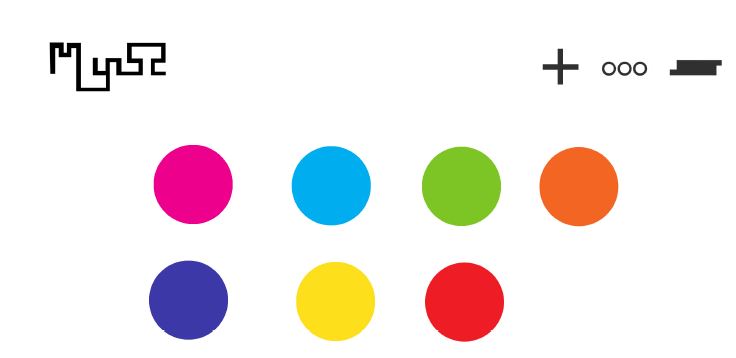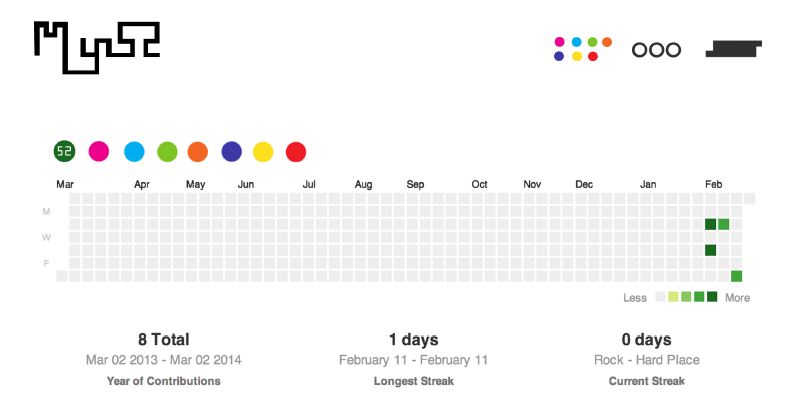INTRODUCTION
Achieving a personal goal and making a positive change in one’s life can be a difficult and elusive task. Everyday people are creating and setting new goals for themselves, but more often than not these goals are never realized. Motivation, determination, and discipline are all key elements when it comes to accomplishing a goal, but if there is no clear idea as to how to connect the dots from where one is to where one wants to be these important qualities lose their effectiveness.
DELIVERABLES
Achieving a personal goal and making a positive change in one’s life can be a difficult and elusive task. Everyday people are creating and setting new goals for themselves, but more often than not these goals are never realized. Motivation, determination, and discipline are all key elements when it comes to accomplishing a goal, but if there is no clear idea as to how to connect the dots from where one is to where one wants to be these important qualities lose their effectiveness.
LITERATURE AND TECHNOLOGY REVIEW
Goal journaling is the simple act of recording any and all activities that one has completed that relate to a person’s predefined goals. This is different from a planner or management tool in that in these a person defines the goal related activities they wish to complete, and then marks those activities/milestones as completed once reached. The goal journaling application being developed for this senior project has 3 key qualities that set it apart from today’s goal and task management applications, which tend to miss out on one or more of these important concepts.
TECHNOLOGY OVERVIEW
Decision: Develop a web application using HTML5, CSS3, and Javascript.
Reasoning: The opposing options were to develop a native application for either Android (Java) or iOS (Objective-C). A native application fails in several criteria that were deemed important to the completion of the Senior Project.
Native Applications:
• require more time for development
• require more time and effort to make small changes
• have limited platform availability
DESIGN AND IMPLEMENTATION

Figure 1. Version #1 Home Page
The central theme behind this initial design was to eliminate any unnecessary text and replace it with a visual representation. Each goal in the application would be represented using symbol and color recognition (goal icons were not developed due to time constraints). This can be seen in Figure 1 with each colored bubble representing an established goal and the navigation bar in the upper right using symbols that represented adding a goal, the week page, and the calendar page.

Figure 4. Version 1, Planner Calendar View
Finally figure 4 would be displayed if the user clicked on the calendar icon in the navigation bar. This page was directly inspired from Github’s own personal calendar. It displays the year as a visual grid, each block representing a day in the week, each column representing a week in the year. These blocks are then color coded based on the level of activity for the day, starting from light grey (zero) to dark green (a lot).
ANALYSIS AND VERIFICATION OF PROJECT SUCCESS
The project’s success was measured primarily from information gathered through usability testing of the application, being one of the most frequently used user experience design testing methods. Usability testing involves asking participants to perform specific tests on a site or application (or a prototype of it) to uncover potential usability issues and gather ideas to address them (Unger, A Project Guide to UX Design).
SOCIETAL IMPACTS
Goal setting is a largely positive activity with no foreseeable negative impacts. By assisting in the organization, measuring, and tracking of one’s progress this will encourage a more productive, happier, and self fulfilled society. The application designed during this senior project will provide another avenue for people to approach their personal goals, and hopefully encourage users to apply themselves more thoroughly, who would not have otherwise with today’s current existing applications.
FUTURE WORK
A first potential next step would be to address the usability issues with the final design at the end of this project. A series of icons would be created symbolizing common personal goals. These icons were meant to be implemented to allow the user to give each of their goals a unique visual identity, but was not implemented due to time constraints. The next major step would be to develop a back end to the application to store data. From there one can recruit a small group of users to use the application and conduct a long term study and testing.
CONCLUSION
This project delved into the technical process of developing an application that attempts to solve the common problem of goal accomplishment by involving users in every step of the design process. It addressed and documented the difficulties that arose when trying to implement a feasible product design while also satisfying the user’s needs. This met the Senior Project’s objectives as a project requiring a high level of communication and technical skill as well as proper initiative in order to coordinate testing, user input, and application development into a finished product.
The aim of this project was to build an application that addresses the problem of users who wish to make progress towards their goals, but either lack the proper motivation or patience to adopt a tool to help themselves move forward with their personal goals. The applications that exist today largely fit in the realm of goal/task management and planners.
This approach, with the proper motivation, can be effective in helping one achieve his or her goals, but the act of setting, logging, and planning activities, and then going back into the application to signal there completion/failure is time consuming and unappealing to the average user. Instead of taking this approach a goal journaling application was developed. By taking the benefits and passivity of journaling techniques and applying them to goal accomplishment, users now have the option to record and keep track of even minimal progress toward one’s goals in a manner that requires little management.
Source: California Polytechnic State University
Author: Kevin Lufkin